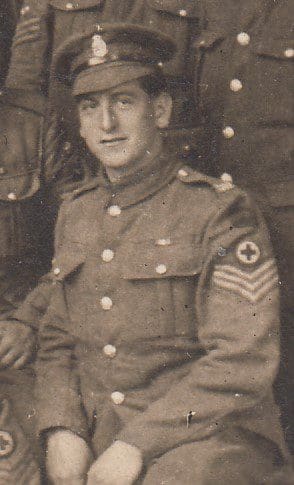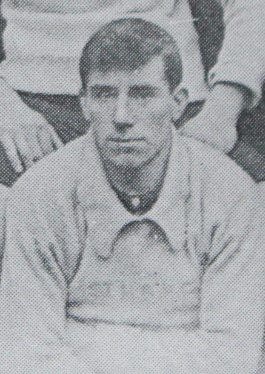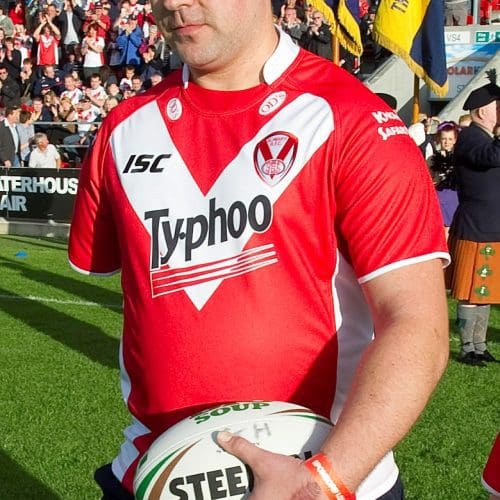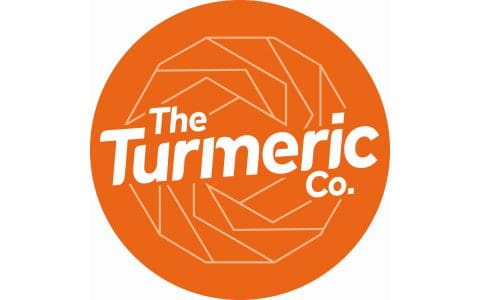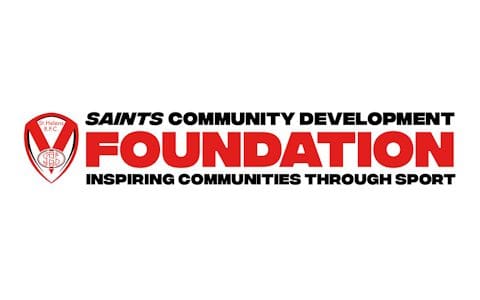On this latest Armistice Day, everyone at St.Helens R.F.C. will have, in their thoughts, the numerous sacrifices made by so many during conflicts, particularly in both World Wars.
Like most prominent sports clubs, it has been touched by tales of tragedy and bravery from players, officials and supporters who paid the ultimate price or suffered severe physical and mental effects from such challenging circumstances.
One of the first mentions of a St.Helens R.F.C. player who had served in the military was in the St Helens Newspaper on 16th August 1901, before a pre-season trial match: “As for the forwards, Jimmy Carney has come back from fighting the Boers.” Almost a decade later, the Saints signed a threequarter from Barrow, Plato Harrison, who also served in the South African campaign, as a bugler at the age of 15. Before he was 17, he possessed a medal with five clasps – incredible courage shown for one so young.
In the First World War, the son of our club’s founder, Robert Herman, enlisted and became a Second Lieutenant in the 5th South Lancashire Regiment. Later he was attached to the 9th Squadron of the Royal Flying Corps and in the autumn of 1916 came the dreaded news that young Herman “came down in the enemy’s lines, and it is expected that he is a prisoner of war.” Further information revealed that Robert had been killed on 22nd September 1916 “in Ger. Hands.” He was 23 years old and was buried at Epehy Communal Cemetery, Somme, France. His bravery is commemorated in a magnificent stained glass window at Christ Church, Eccleston.
Saints’ flying winger Jimmy Flanagan and New Zealand full-back ‘Jum’ Turtill were two high profile players who also paid the ultimate price during the conflict in a town where the famous Pals’ regiments – friends and workmates fighting side by side – had such an impact. This was a concept partly instigated by the club’s President, Lord Derby. Former full-back John Mosedale wrote home to say that one of his team-mates at Knowsley Road, Teddy Toole, of the Royal Field Artillery, had been missing for three weeks after one particularly fearsome encounter when many of his colleagues had been killed or wounded. Fortunately, he was later reunited with his regiment and he survived the conflict. His grandson, Terry, revealed that, like so many, he did not talk too much about that particular time in his life.
The Second World War had almost ended when news came through that scrum-half Harold Briscoe, the youngest-ever Saints’ debutant, three weeks before his 16th birthday, had lost his life. Serving in the Royal Army Service Corps, he was buried at a military cemetery in Ravenna, Italy. Lance Sergeant Pat Dullard of the Irish Guards, a doughty hooker in the pre-war days, was killed during Operation Market Garden in the Netherlands on 15th October 1944. One of his team mates in the Saints’ pack, Flying Officer William Hough, a member 44 Rhodesia Squadron, lost his life over the North Sea. His name is enshrined on the RAF memorial at Runnymede. It should also be noted that Saints’ coach during the early part of the war years was former St Helens Recs stalwart hooker Oliver Dolan, who saw distinguished service with the 21st and 29th Divisions of the British Army as part of the Royal Army Medical Corps in the previous conflict. His ship was torpedoed in the Straits of Gallipoli and he went on to earn the Distinguished Conduct medal and the Military medal and bar, another man from our town who served his country with distinction.
Former Saints’ Secretary Basil Lowe, a key member of the club in the 1960s, suffered persistent back pain from a crash landing during his days in the RAF, while Stanley Ellison, Club Chairman in the 1930s was gradually rendered immobile by numerous pieces of inoperable shrapnel embedded around his spinal cord, a tragic legacy of trench warfare on the Somme.
During the Second World War several Saints’ player, like front rower George Davies, worked extra shifts down the mine to help the war effort. Hooker Jimmy Goodier, a plumber, faced danger on a daily basis restoring gas supplies during the Blitz in Liverpool. Greta Harrison, wife of Saints’ loose forward of the 1930s Bob Harrison worked at the Royal Ordnance Factory in Kirkby and was severely traumatised after one massive explosion in 1944 killed 14 and injured 11. It was extremely dangerous work, filling bombs, shells and bullets with explosives.
Many with Saints’ connections ended up in potentially dangerous environments and trouble spots throughout the world while completing their National Service commitments, a requirement that ended officially in 1960, though periods of deferred service still had to be completed. The last national servicemen were discharged in 1963. Some went into a military career full time. Saints’ supporter Andy Reid, of the 3rd Battalion of the Yorkshire Regiment was the victim of an IED with just ten days of his tour of Afghanistan to go. In 2009 he suffered terrible injuries and the triple amputee is an ambassador for the Saints Community Development Foundation showing a stoic determination to live a normal life with his ‘survivor not victim’ mantra. Ten years later, the award of the MBE recognized his tireless charity work – an inspiration to us all.
On this day in particular, we will never forget those who served and put their lives at risk from our club, our town and our country.






